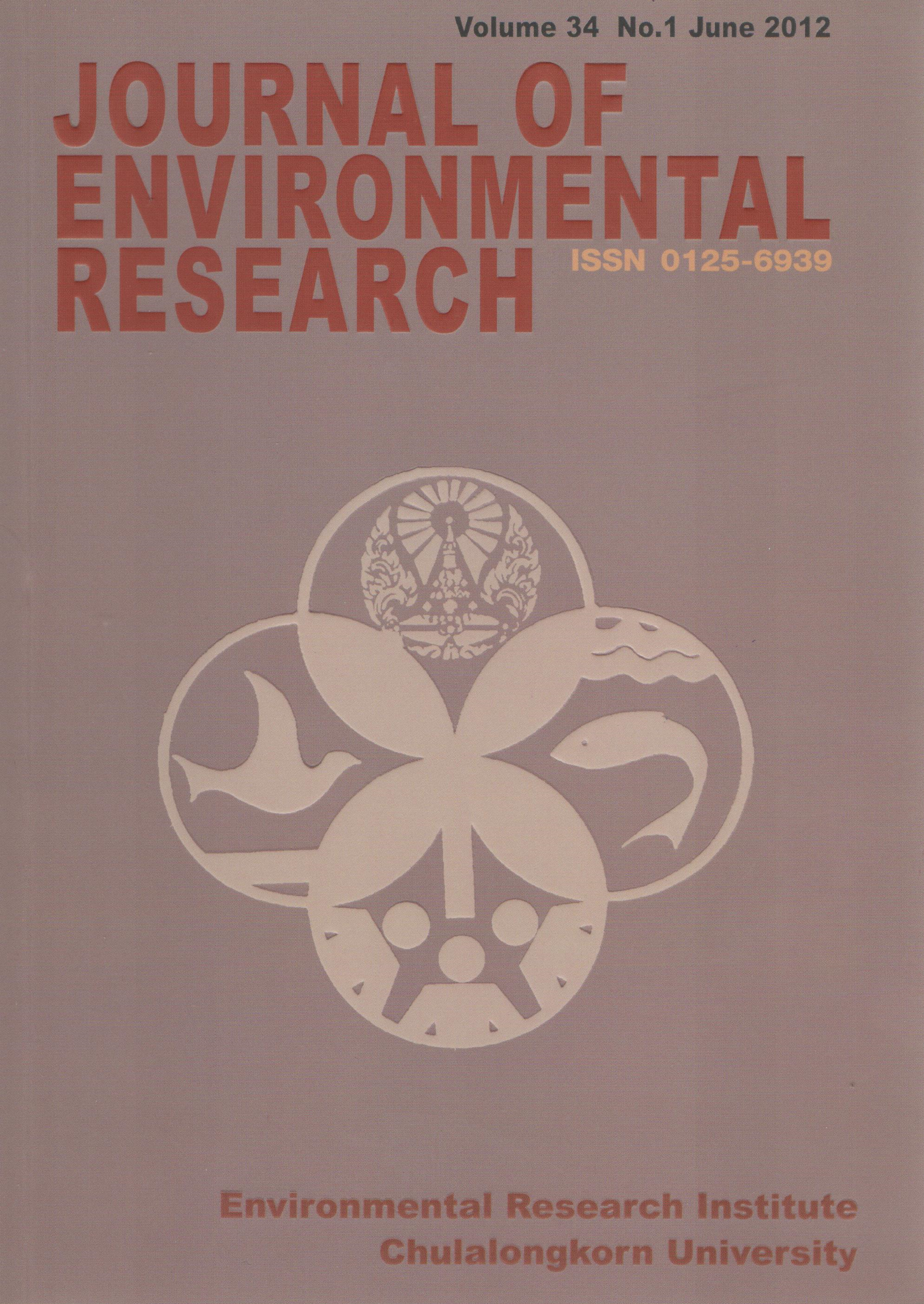Phytoplankton Community in Cage Culture Farm Areas in the Andaman Coast of Thailand
Main Article Content
Abstract
Fish excretory products from cage culture farms combine with nutrients released from the breakdown of excess feed to raise nutrient levels well above normal, creating an ideal environment for phytoplankton blooms. This study was carried out in the Andaman Coast of Thailand to elucidate (a) the impact of cage farms on phytoplankton production, and (b) how water quality affects the phytoplankton community in the area. Phytoplankton and water quality were monitored in cage culture farms from April 2007 to May 2008 in four provinces, (Phang-nga, Krabi, Trang and Satun) along the coast of the Andaman Sea, in southern Thailand. Phytoplankton and water samples were taken from reference and cage farm stations. Reference stations were concurrently sampled from locations outside the cage farm. In our investigation, all water quality variables showed non-significant differences between the reference and cage farm stations at all study sites (p > 0.05). The exception was dissolved oxygen concentration at the Ban Kura study site, Phang-ang province. ANOSIM testing indicated significant phytoplankton community differences between reference and cage farm stations at the study sites in Phang-nga and Krabi provinces. However, the study sites in Trang and Satun provinces showed no significant differences. The results were ascertained that Surirella gracilis, Oscillatoria sp., Euglena sp., Navicula radiosa, and Nitzschia filiformis contributed most to the differences between the stations. Those species were predominant at the cage farm stations. Water quality variables in this study [total suspended solids (TSS), pH, salinity and nutrients (NH3, NO2- + NO3-2, PO4-3)] showed a major influence on phytoplankton density in both the reference and cage farm stations. However, nutrient enrichment in cage farm operations contributed only slightly to phytoplankton density.
Article Details

This work is licensed under a Creative Commons Attribution-NonCommercial 4.0 International License.
Published articles are under the copyright of the Applied Environmental Research effective when the article is accepted for publication thus granting Applied Environmental Research all rights for the work so that both parties may be protected from the consequences of unauthorized use. Partially or totally publication of an article elsewhere is possible only after the consent from the editors.

